Rising Demand for Energy Efficiency
The Chip On Board Light Market is experiencing a notable surge in demand for energy-efficient lighting solutions. As consumers and businesses alike become increasingly aware of the environmental impact of traditional lighting, the shift towards energy-efficient alternatives is evident. The market for LED lighting, which includes Chip On Board technology, is projected to grow significantly, with estimates suggesting a compound annual growth rate of over 10% in the coming years. This trend is driven by the need to reduce energy consumption and lower electricity costs, making Chip On Board lights an attractive option for various applications, including residential, commercial, and industrial sectors. Furthermore, government initiatives promoting energy efficiency are likely to bolster this demand, as regulations increasingly favor sustainable lighting solutions.
Technological Innovations in Lighting
Technological advancements are playing a pivotal role in shaping the Chip On Board Light Market. Innovations in semiconductor technology and materials science have led to the development of more efficient and versatile Chip On Board lighting solutions. These advancements enable manufacturers to produce lights that not only consume less power but also offer enhanced brightness and longer lifespans. The integration of smart technologies, such as IoT connectivity, is also becoming more prevalent, allowing for greater control and customization of lighting systems. As a result, the market is witnessing a shift towards intelligent lighting solutions that can adapt to user preferences and environmental conditions. This evolution is expected to drive further growth in the Chip On Board Light Market, as consumers seek out cutting-edge lighting options that align with modern technological trends.
Increased Focus on Aesthetic Lighting Solutions
The Chip On Board Light Market is witnessing a growing emphasis on aesthetic lighting solutions that enhance the visual appeal of spaces. As design trends evolve, consumers and businesses are increasingly seeking lighting options that not only provide functionality but also contribute to the overall ambiance of an environment. Chip On Board lights, with their ability to be integrated into various designs and applications, are well-positioned to meet this demand. The versatility of these lighting solutions allows for creative applications in residential, commercial, and hospitality sectors. Market data indicates that the demand for decorative and architectural lighting is on the rise, suggesting that Chip On Board technology will play a crucial role in fulfilling this need. This focus on aesthetics is likely to drive innovation and diversification within the Chip On Board Light Market.
Regulatory Support for Energy-Efficient Solutions
The Chip On Board Light Market is benefiting from a favorable regulatory environment that increasingly supports energy-efficient lighting solutions. Governments worldwide are implementing policies and standards aimed at reducing energy consumption and promoting sustainable practices. These regulations often include incentives for adopting energy-efficient technologies, such as Chip On Board lighting. As a result, manufacturers are encouraged to innovate and develop products that meet these stringent requirements. The market is likely to see a boost in demand as consumers and businesses seek to comply with regulations while also benefiting from lower energy costs. This regulatory support not only drives growth in the Chip On Board Light Market but also aligns with broader environmental goals, fostering a culture of sustainability.
Growing Urbanization and Infrastructure Development
Urbanization is a significant driver of the Chip On Board Light Market, as cities expand and infrastructure projects proliferate. The increasing population density in urban areas necessitates improved lighting solutions for public spaces, roadways, and buildings. Chip On Board lights, known for their compact design and high efficiency, are well-suited for these applications. According to recent data, urban areas are projected to account for a substantial portion of global energy consumption, further emphasizing the need for efficient lighting solutions. As governments invest in smart city initiatives, the demand for advanced lighting technologies, including Chip On Board systems, is likely to rise. This trend not only enhances safety and aesthetics in urban environments but also contributes to energy savings and sustainability goals.

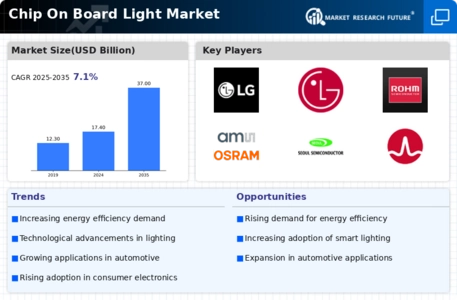
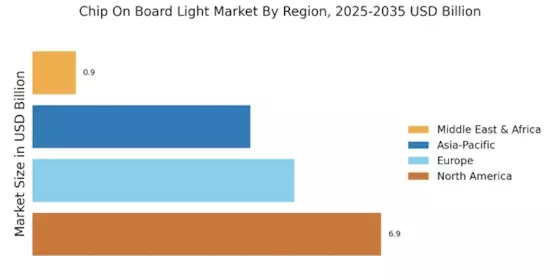
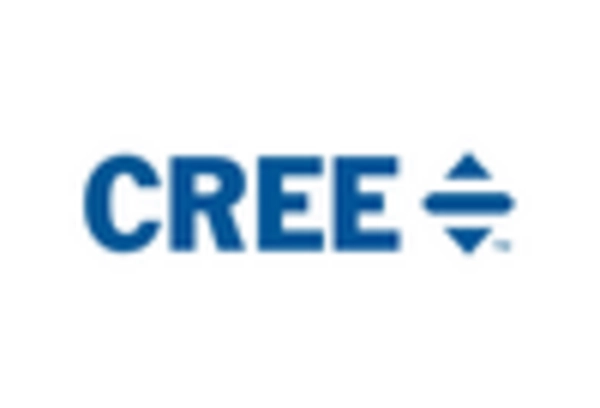
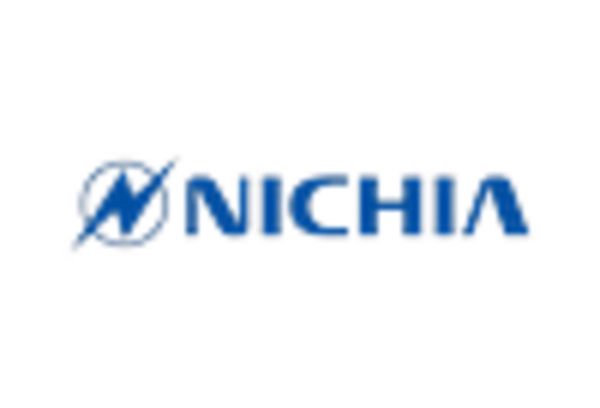
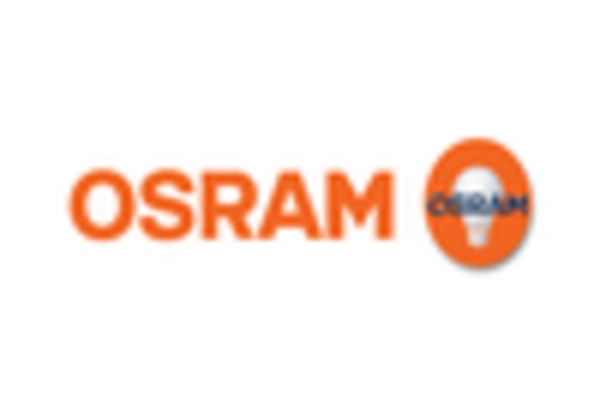
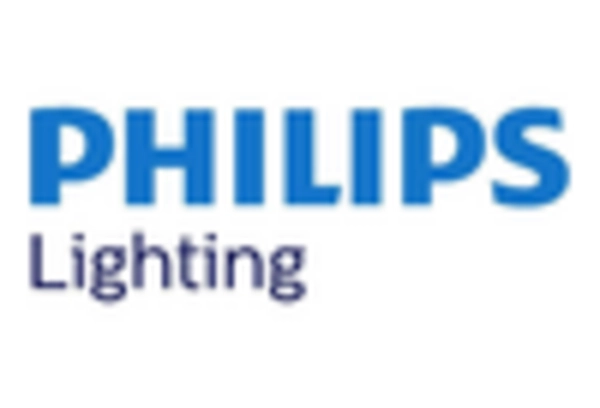









Leave a Comment